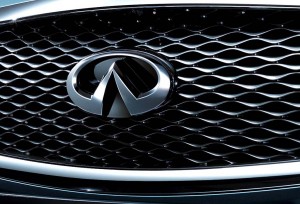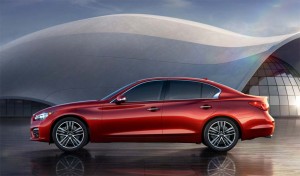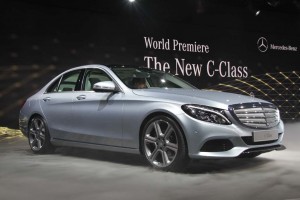The growing, three-way alliance between Nissan, Renault and Daimler is about to take a critical next step with opening later this month of an engine plant in Decherd, Tennessee.
Officially known as the Infiniti Decherd Powertrain Plant, the facility will serve not only the Nissan luxury brand but also provide engines for the Mercedes-Benz assembly line in Tuscaloosa, Alabama.
The three makers first agreed to work together in 2010, announcing a variety of projects that included joint vehicle development and a powertrain swap – the latter leading to the Decherd program. The factory will initially produce a turbocharged 2.0-liter inline-four that will be used in European versions of the Infiniti Q50 and the Mercedes-Benz C-Class.
“The opening of this new powertrain facility is an important step for Infiniti. It is the first step of our manufacturing expansion that will include the start of vehicle production in China later this year and in Europe next year,” said Johan d Nysschen, Infiniti’s CEO.
(The Baby Benz grows up. Click Here to check out the all-new 2015 Mercedes C-Class.)
The $319 million plant, with 310,000 square feet of floor space, will employ 200 workers when it officially opens on June 26, but that is expected to reach 400 by the time production reaches its capacity of 250,000 engines annually.
The partners are not disclosing what additional engines will eventually go into Decherd, but the original plan announcing four years ago called for Daimler to get three-cylinder engines, too, as well as a diesel. In turn, the German maker is expected to provide larger engines for the Infiniti brand.
Cutting R&D spending while boosting economies of scale are central themes of the Daimler, Renault and Nissan partnership. When the alliance was first announced, just as the auto industry was emerging from the depths of the Great Recession, Renault-Nissan CEO Carlos Ghosn explained that, “The lesson from 2008 and 2009 is that you better be global.”
For his part, Daimler CEO Dieter Zetsche told TheDetroitBureau.com at the time that one of the lessons his company learned from its failed marriage to Chrysler was that it was critical to set and maintain clear targets when entering into a project – and that it was essential for top management to keep a firm hand on such ventures to ensure their companies stay focused.
Analysts say part of the reason the DaimlerChrysler AG “merger of equals” collapsed was the lack of a clear and cohesive set of goals.
(Infiniti moving ahead on high-performance Eau Rouge program, says de Nysschen. Click Here for the latest.)
Since inking their partnership, the three makers have expanded the range of projects they will work on, with Ghosn and Zetsche openly suggesting more could follow.
Along with the launch of the new engine plant, the success of the alliance will be tested by the market response to the first jointly developed vehicles. The all-new Renault Twingo made its debut at the Geneva Motor Show earlier this year. Smart, meanwhile, offered a first tease of its new Fortwo and Forfour models last month.
(New Twingo offers a hint of what’s to come from Smart. Click Here for more.)
The microcar project was led by Renault. In turn, Daimler has developed a new small luxury car architecture that is not only being used for the new Mercedes CLA and GLA models but which will serve as the platform for a variety of future Infiniti vehicles.
How far the three makers will take their alliance remains to be seen but they have also been discussing the possibility that Mercedes would set up an assembly plant alongside the factory Nissan opened in Aguascalientes, Mexico last year. A decision on that proposal has not been made.
(Click Here for a first look at the new Infiniti QX80 luxury SUV.)
Meanwhile, the three have taken steps to add a fourth leg to their stool. Ford Motor Co. signed on last year as an additional partner in a project aimed at accelerating the development of commercially viable fuel cell vehicles.
“Working together will significantly help speed this technology to market at a more affordable cost to our customers,” explained Raj Nair, group vice president, Global Product Development, Ford Motor Company. “We will all benefit from this relationship as the resulting solution will be better than any one company working alone.”



